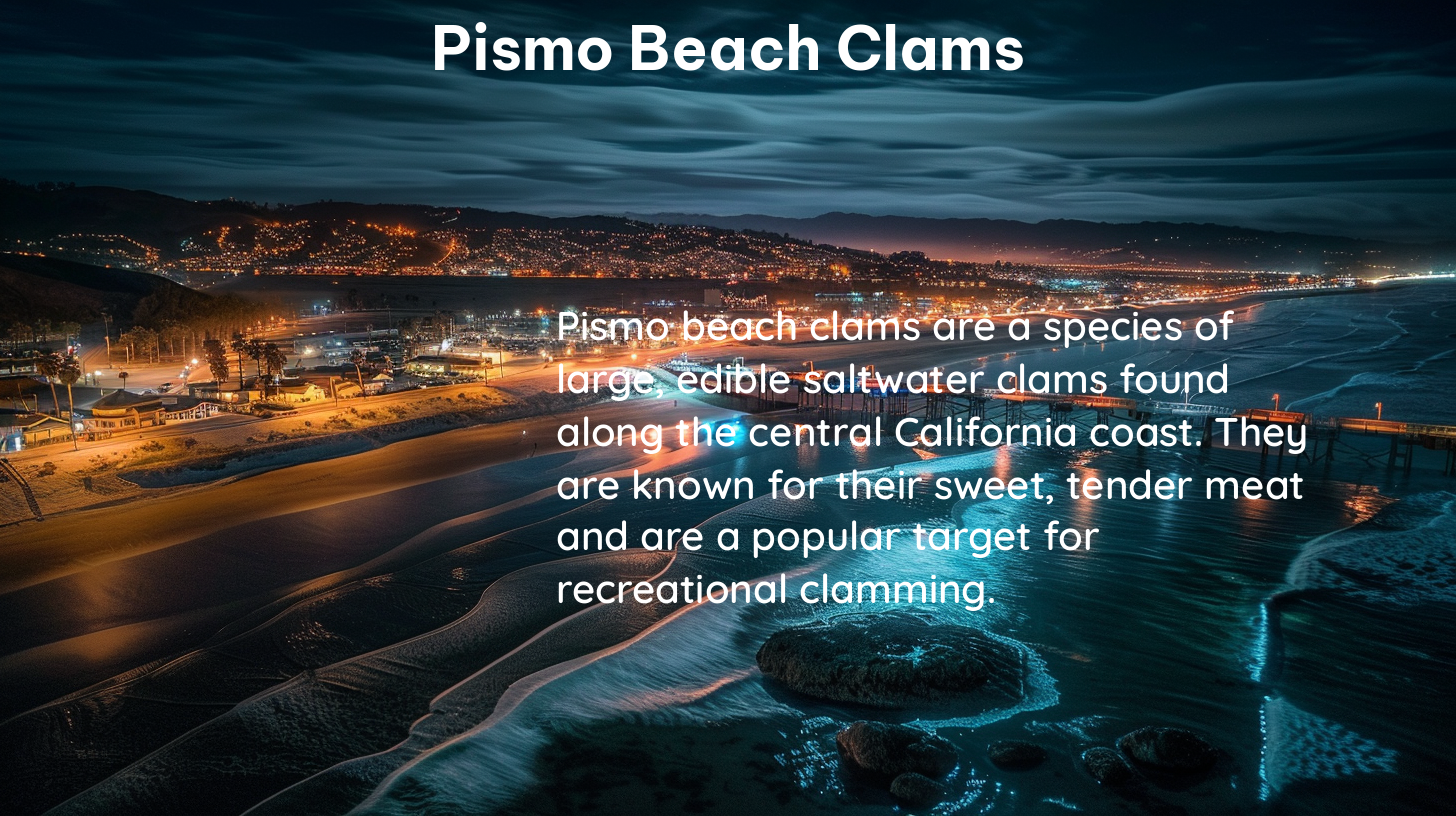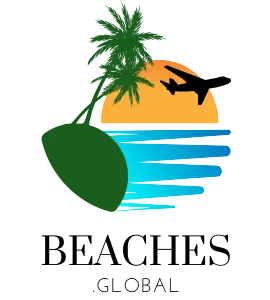Pismo Beach, a picturesque coastal town in California, is renowned for its abundance of a unique and prized species of clams – the Pismo Beach Clam. These bivalve mollusks have captivated the hearts and palates of beachgoers, seafood enthusiasts, and nature lovers alike. In this comprehensive guide, we’ll delve into the fascinating history, regulations, techniques, and conservation efforts surrounding these remarkable creatures.
The Largest Living Pismo Clam
The Pismo Beach Clam, scientifically known as Tivela stultorum, is a species of saltwater clam that can grow to impressive sizes. The largest recorded Pismo Clam was an astounding 7 3/8 inches in diameter and was estimated to be a remarkable 26 years old. This longevity and impressive size are a testament to the resilience and adaptability of these remarkable bivalves.
Clamming History at Pismo Beach

Pismo Beach was once known as the “Clam Capital of the World” in 1947, with both Pismo Clams and Pacific Razor Clams being abundant in the area. However, the population of these clams has declined over the years due to over-clamming and the presence of natural predators like sea otters. Despite these challenges, Pismo Beach remains a prime destination for clamming enthusiasts.
Regulations and Guidelines for Clamming
To ensure the sustainability of the Pismo Clam population, there are several regulations and guidelines that clammers must follow:
Legal Size
Pismo Clams must be at least 4 ½ inches in diameter to be legally kept.
Bag Limit
The daily limit is 10 Pismo Clams per person.
Fishing Hours
Clamming is allowed from one-half hour before sunrise to one-half hour after sunset.
Fishing License
A valid California saltwater fishing license is required for clamming.
Measuring Device
Clammers must carry an accurate measuring device to ensure the clams meet the minimum size requirement.
Reburying Undersized Clams
Undersized clams must be immediately reburied two inches deep in the area where they were dug.
Techniques and Tips for Successful Clamming
Clamming at Pismo Beach requires a bit of skill and knowledge. Here are some tips to help you make the most of your clamming experience:
Tide
Clamming is best during low tide, especially during months with an “r” (September to April).
Technique
Use a clam fork to gently push into the sand, and if you hit a hard spot, work your way underneath to lift the clam out.
Preservation
Clams should be kept in a whole and measurable condition until prepared for immediate consumption.
Conservation Efforts
To protect the Pismo Clam population, there are several conservation efforts in place:
State Marine Reserves
Clams cannot be taken within state marine reserves or other marine protected areas.
Health Advisories
The San Luis Obispo Environmental Health Services monitors ocean water quality and issues health advisories if bacteria levels are elevated.
Incidents and Fines
While clamming at Pismo Beach can be a rewarding experience, it’s important to follow the regulations to avoid hefty fines. A California woman was fined $88,000 after her children collected clams at Pismo Beach without following the proper guidelines.
Additional Resources
For more information on clamming at Pismo Beach, be sure to check out the following resources:
- Experience Pismo Beach Clamming Guide
- California Department of Fish and Wildlife
- San Luis Obispo Environmental Health Services
Pismo Beach clams are a unique and fascinating part of the California coastal ecosystem. By understanding the regulations, techniques, and conservation efforts, you can enjoy the thrill of clamming while helping to preserve these remarkable creatures for generations to come.
References:
– https://abc11.com/post/california-woman-fined-88k-after-kids-collect-clams/14861247/
– https://experiencepismobeach.com/beach-and-outdoors/beaches/beach-tips/
– https://www.pismobeach.org/FAQ.aspx?QID=273
– https://www.youtube.com/watch?v=k6YSaK_o-3A
– https://experiencepismobeach.com/beach-and-outdoors/pismo-beach-clamming/
